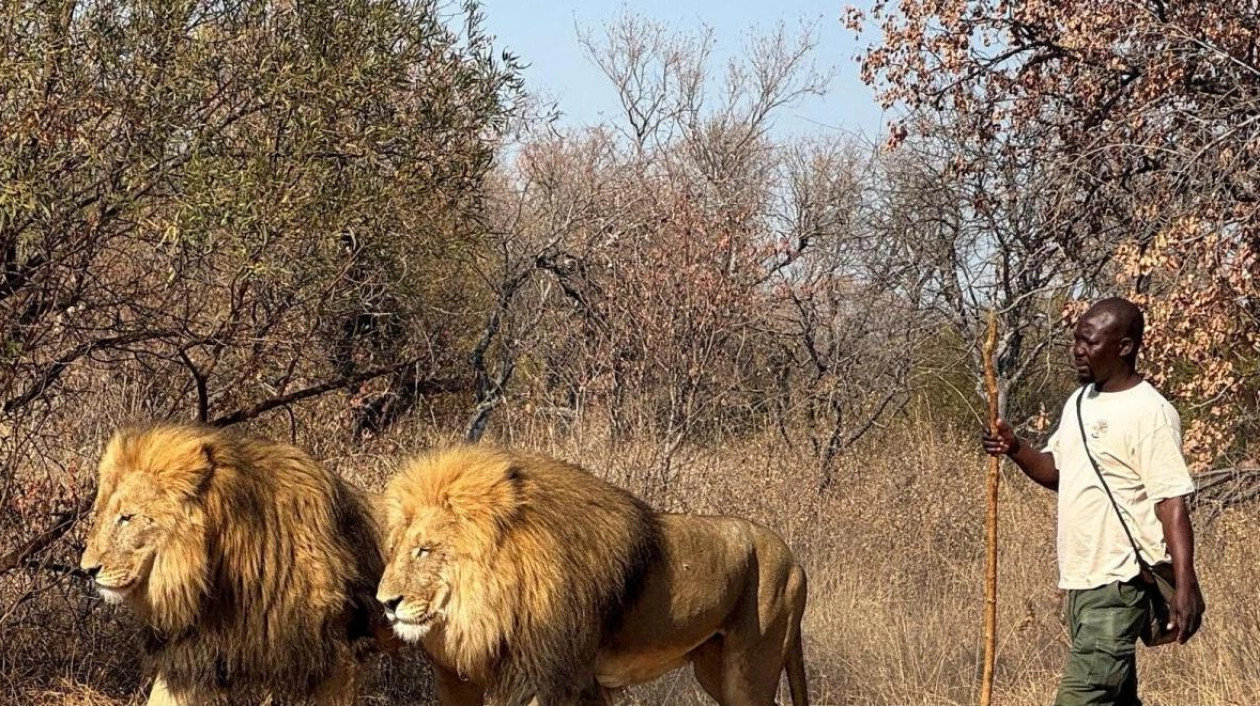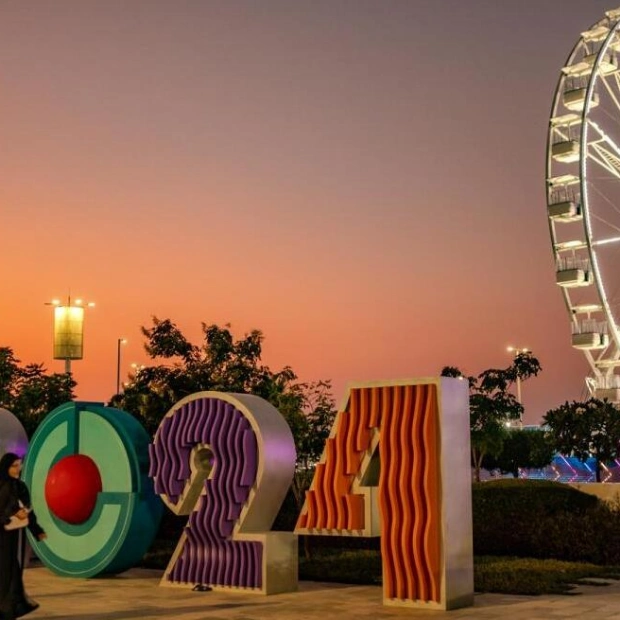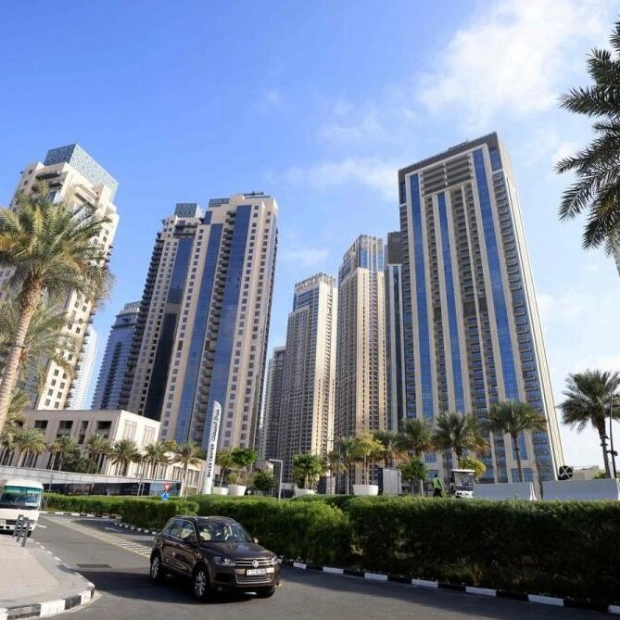South Africa's decision to phase out captive big game breeding and ban the commercial use of lions has sparked concerns among big-cat breeders about their future. A ministerial task team, appointed by the former environment minister Barbara Creecy, recommended in December 2022 the shutdown of the breeding sector without offering financial support to lion owners post-ban. The government enacted these recommendations in April, without specifying a deadline for the cessation of breeding. There have been no alterations to these plans since the May national election, which saw President Cyril Ramaphosa head a unity government and a new environment minister appointed. South Africa houses over 8,000 captive lions, the highest number globally, exceeding its wild lion population.
Willie Jacobs, a game lodge owner and wildlife artificial reproduction researcher, highlighted that his lodge has collaborated with local and international universities on artificial reproductive research since 2006, achieving the first artificial insemination-born lion cubs in 2017. Jacobs criticized the government's approach, stating, "They can't authorize our research and then sever our income source." His lodge offers tourists guided educational walks with lions, a practice that aids in funding his employees and research facility. Asini Sanadi, an animal handler at Jacobs' lodge for 14 years and the primary breadwinner for his family, expressed concern that the end of big-cat breeding would jeopardize his livelihood.
The department's report suggested that breeding facility owners should voluntarily exit the industry by euthanizing or sterilizing animals or transferring them to the government for release into the wild or relocation to sanctuaries. Fiona Miles, director of animal welfare organization Four Paws in South Africa, suggested that conservation organizations could redirect funds and resources from the captive-breeding industry to bolster genuine conservation efforts. Miles also noted potential economic benefits for communities near wildlife reserves and national parks if tourism increases.






